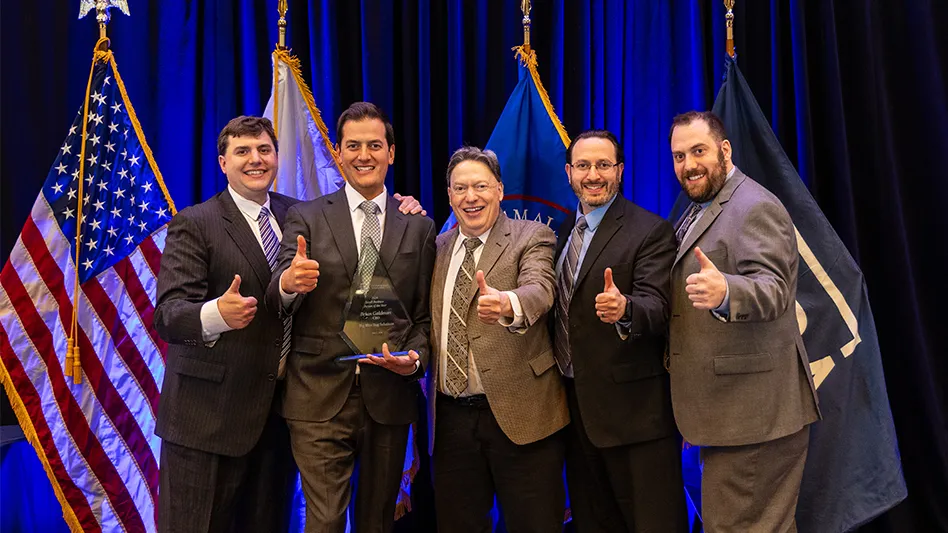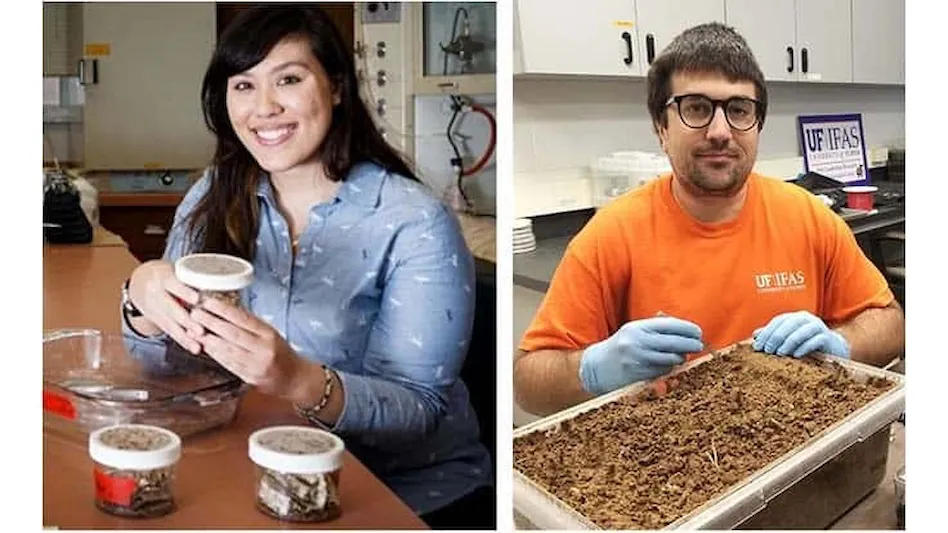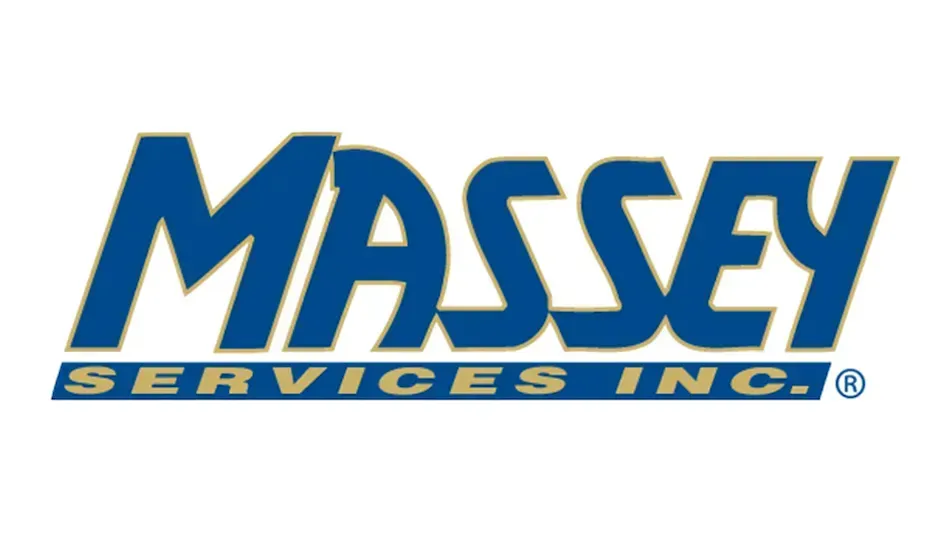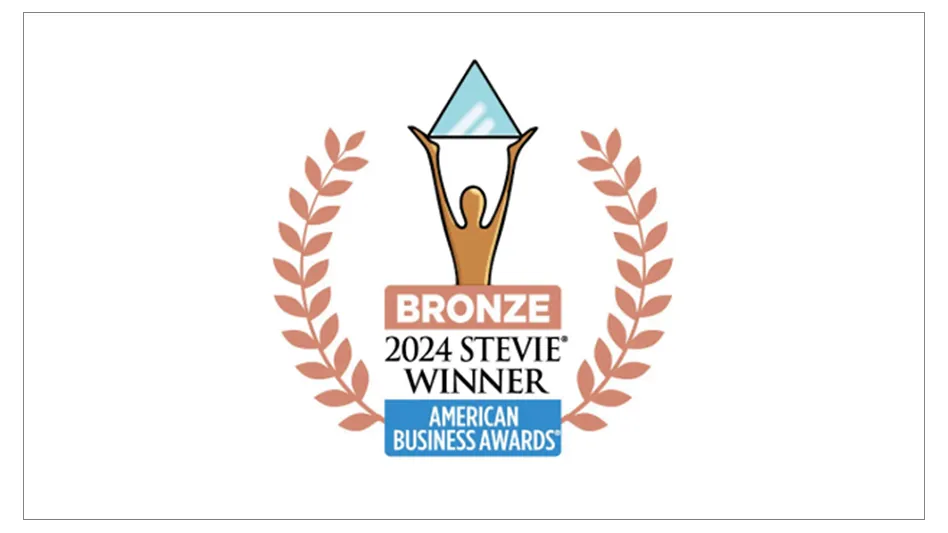
Photo: ©pidjoe | iStock
(1) The high population density in multi-housing buildings increases pest problems, especially when accompanied by improper garbage disposal. Cockroaches, rodents, and flies are attracted to areas with abundant food sources, and garbage provides an ideal breeding ground for these pests. Proper garbage disposal and effective management of trash storage areas are essential to prevent infestations and facilitate control measures.
Shared Spaces:(2) Shared spaces such as hallways, laundry rooms, and common areas pose a challenge for pest control in multi-housing units. Pests can easily move from one unit to another through these areas, making it difficult to control infestations. Strategies like sealing cracks and crevices, placing traps and baits, and regular inspections can prevent pests from spreading between units.
(3) Pests such as cockroaches, rodents, and bed bugs can easily move from one unit to another in multi-housing buildings through shared boundaries like walls, floors, and ceilings. When pests face resource limitations, overpopulation, or environmental disturbance, they may start looking for new habitats and can quickly spread to nearby units, making it difficult to control infestations. Proper pest control measures, such as regular inspections and treatments, can help prevent pests from moving between units and reduce the risk of infestations spreading.
New Tenants and Pest Introduction:
(4) New tenants can unknowingly bring pests with them or may not be aware of existing pest issues. This can lead to the spread of pests throughout the property and pose health and safety concerns for all tenants. Proper education and awareness among tenants are necessary to prevent the introduction and spread of pests.
(5) Addressing pest problems becomes challenging when tenants do not grant access to their units or no keys are available to access neglected areas where pests may reside. Additionally, some tenants may have sensitivities or allergies to chemicals used in pest control treatments, limiting the options for effective control methods.
Pesticide Resistance:
(6) Repeated exposure to the same pesticide is common in the multi-housing industry, which can lead to the development of pesticide-resistant pest populations. This resistance makes it more difficult to control infestations using the same pesticide. Implementing comprehensive control methods and periodically changing pesticides can help mitigate this issue.
(7) Pest control in multi-housing units can be expensive, especially for widespread infestations requiring repeated treatments. This cost may tempt management to take risky shortcuts to save money, leading to more pests and costlier problems in the long run. Prioritizing effective pest control measures over cost-saving can prevent such issues.
Lack of Awareness and Over-the-Counter Pesticides:(8) Many tenants may lack awareness of proper pest prevention measures, contributing to the spread of infestations. Relying on over-the-counter pesticides and do-it-yourself methods can be ineffective, potentially hazardous, and interfere with professional pest control efforts. Proper education and discouraging self-treatment can help prevent these issues.
● Consider installing air curtains over doorways to keep flying insects out.
(2) Remove Shelter and Sanitation:
Management Responsibilities:
● Dispose of garbage, recyclables, and other items properly and promptly. Keep outdoor garbage cans and compost bins sealed tightly to prevent pests from accessing them. Also, avoid leaving food and crumbs out in common areas, and clean up spills and messes promptly.
Tenant Responsibilities:
To effectively carry out the elimination process while considering the well-being of tenants, we recommend the following tips:
● Consider Tenant Schedules: Schedule treatments at convenient times to minimize disruptions to tenants' daily routines. Provide sufficient notice to allow tenants to prepare for the treatment, as lack of preparation can lead to treatment failure.
● Consider Chemical Sensitivity: Take into account the sensitivities and allergies of tenants when selecting and applying pest control products. Use appropriate alternatives or non-chemical methods when necessary to ensure the safety and comfort of residents.
● Establish Clear Roles and Expectations: It is crucial to ensure that everyone involved in the pest elimination process, including PMPs, building management, and tenants, understands their roles and responsibilities. A comprehensive pest elimination response plan should be developed, outlining the necessary steps to address pest issues, designating specific contacts for reporting sightings, documenting and reporting sightings, and following up on treatments.
● Tailoring Elimination Methods: Select the most appropriate course of action based on various factors such as the type of pests, the surface to be treated, the presence of heat and moisture, chemical sensitivity, and the potential risk of contamination. Assess whether dust, spray, bait, granular, or thermal methods would be most effective for the specific situation.
Here are some guidelines for each elimination method:
● Insecticide Dust: Apply insecticide dust lightly and uniformly to voids and harborage areas where pests are likely to reside. Be cautious to avoid excessive dust application, as it can pose health risks and deter pests. Encourage tenants to refrain from self-treating by randomly applying pesticide dust. Improper applications of dust can interfere with professional treatments and pose health risks.
● Bait Placement: Strategically place insecticide baits near foraging trails and areas where pests are likely to come into contact with them. Take necessary safety measures to minimize risks to humans and pets.
● Rodenticide Baits: Secure rodenticide baits in tamper-proof bait stations with self-feeding hoppers to prevent access by non-target animals. Place the bait stations in areas with rodent activity, such as runways, locations with fresh droppings, and entryways. Follow label instructions regarding the number of baits, spacing, and other specific guidelines.
● Sprays (Liquid Residual Insecticide): In multi-housing settings, spray applications are commonly used as an effective method to control and eliminate pests. When spraying in multi-housing environments, it is essential to follow label instructions and use the appropriate equipment. This may include handheld sprayers, backpack sprayers, or power sprayers, depending on the scale of the infestation and the size of the area being treated. Proper calibration of the equipment and adherence to safety guidelines are crucial to ensure effective and safe application. There are several common spray methods utilized in these environments to address pest infestations effectively. These methods include:
1. Spot Treatment: This involves targeting specific areas where pests are present or likely to be found. This method allows for a focused application of pesticides along baseboards, or other areas where pests tend to hide or travel. Spot spraying is particularly useful for localized infestations or for treating specific rooms or units.
2. Perimeter /BarrierTreatment: This involves creating a barrier of protection around the exterior of the building to prevent pests from entering. It typically involves treating the foundation, entry points, windows, and other areas where pests may gain access. Perimeter treatment helps to stop pests from migrating to the interior of the building.
3. Crack and Crevice Spraying: This method focuses on treating cracks, crevices, and voids where pests commonly hide or travel. The spray is directed into these tight spaces to reach and eliminate pests at their source. Crack and crevice spraying is particularly useful for targeting pests such as cockroaches, bed bugs, ants, and spiders that often seek refuge in hard-to-reach areas.
● Granular insecticides can be used as a helpful tool to suppress pests coming from outdoors, such as springtails, millipedes, centipedes, and crickets, from entering multi-housing buildings. These granules are typically made up of organic materials embedded with active ingredients that are released when watered in. While granular insecticides are not a common method of pest elimination in multi-housing, they can be a useful addition to a comprehensive pest management plan.
● Thermal Remediation/Heat Treatments: Use heat treatments, such as whole-room treatments or heat chambers, to manage insects, especially bed bugs. Lethal temperatures are utilized to eliminate pests effectively.
COMMUNICATION. Effective communication with tenants regarding pest management should include the following points:
1. Clearly identify the type of pests that are being targeted, so tenants know what to expect and can take appropriate measures to help prevent infestations.
2. Provide detailed prep sheets in a language that is accessible to all tenants, and review them with each tenant scheduled for pest control services. This will ensure that tenants understand how to prepare their units for treatment and can cooperate fully with pest management efforts.
3. Give residents a schedule of when treatments will be carried out, so they can plan accordingly and be aware of any disruptions that may occur.
4. Keep tenants updated about pest management efforts and treatment expectations. This will help to build trust and keep everyone informed about what is being done to address the issue.
5. Emphasize the tenant's responsibilities in pest prevention by keeping their units clean and reporting any issues promptly. Encourage tenants to maintain good housekeeping practices and remind them that they play a crucial role in preventing pests from becoming a problem.
1. Pest sightings: Keep detailed records of all pest sightings reported by tenants. Include the date, time, location, and description of the sighting. This information helps track the presence and activity of pests and guides treatment decisions.
2. Inspections: Document regular inspections conducted by pest control professionals. Record the areas inspected, findings, and any necessary actions taken.
3. Treatments: Document all pest control treatments performed, including the specific methods used, products applied, and quantities used. Note the date, time, and areas treated. This record helps evaluate the effectiveness of treatments and identifies recurring issues.
EDUCATION. Educating tenants and staff about pest prevention and management is crucial for long-term success. Consider the following educational initiatives:
1. Workshops or seminars: Organize educational sessions to provide tenants with information on pest identification, behavior, and prevention techniques. Address the importance of early reporting and the role of tenants in pest control efforts. The common pests found in multi-housing buildings are:
● Flies: filth and fruit, phorid
2. Brochures or pamphlets: Distribute informative materials that cover common pests found in multi-housing buildings, their identification, signs of infestation, and prevention tips. Ensure the materials are available in multiple languages to cater to diverse tenant populations.
3. Online resources: Share reputable online sources on pest prevention and management with tenants. These can include websites, articles, and videos that offer guidance on implementing preventive measures and understanding the risks associated with DIY pest control methods.
Latest from Pest Control Technology
- PCO Follows the Carpenter Bee Clues
- Bird Control Can Be Lucrative, But it’s Not for Every Company, PCOs Report
- Gerry Wegner on the New PCT Field Guide to Stinging and Biting Arthropods
- PCO Bookkeepers & M&A Specialists Recognize Pinnacle Performance Award Winners
- Ground Control
- Scientists, PMPs Collaborating to Map Termite Distribution in Southern U.S.
- Viking Pest Control Organizes a Charity Bike Build for Local Families
- Gaining Control of Structure-Infesting Carpenter Ants





